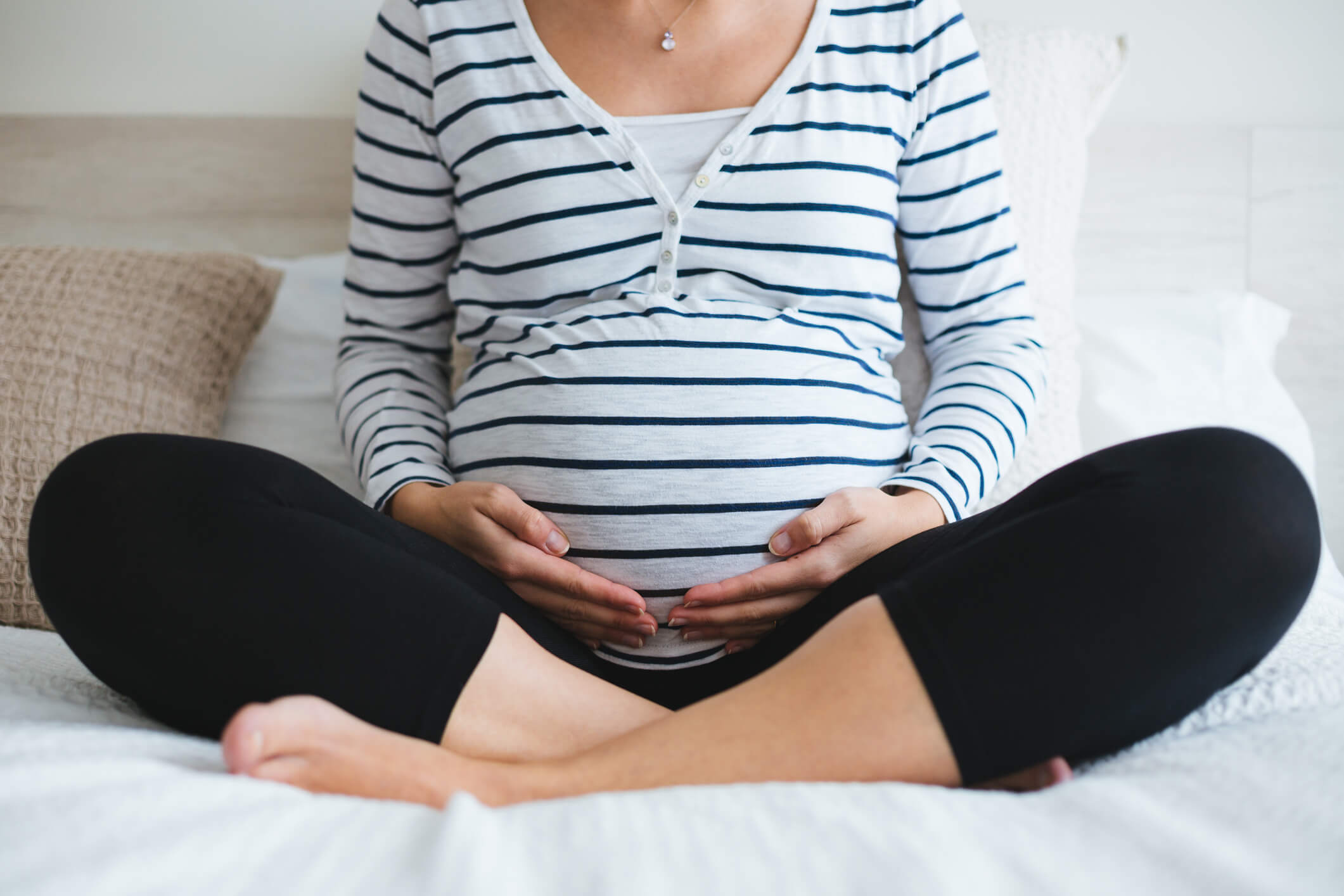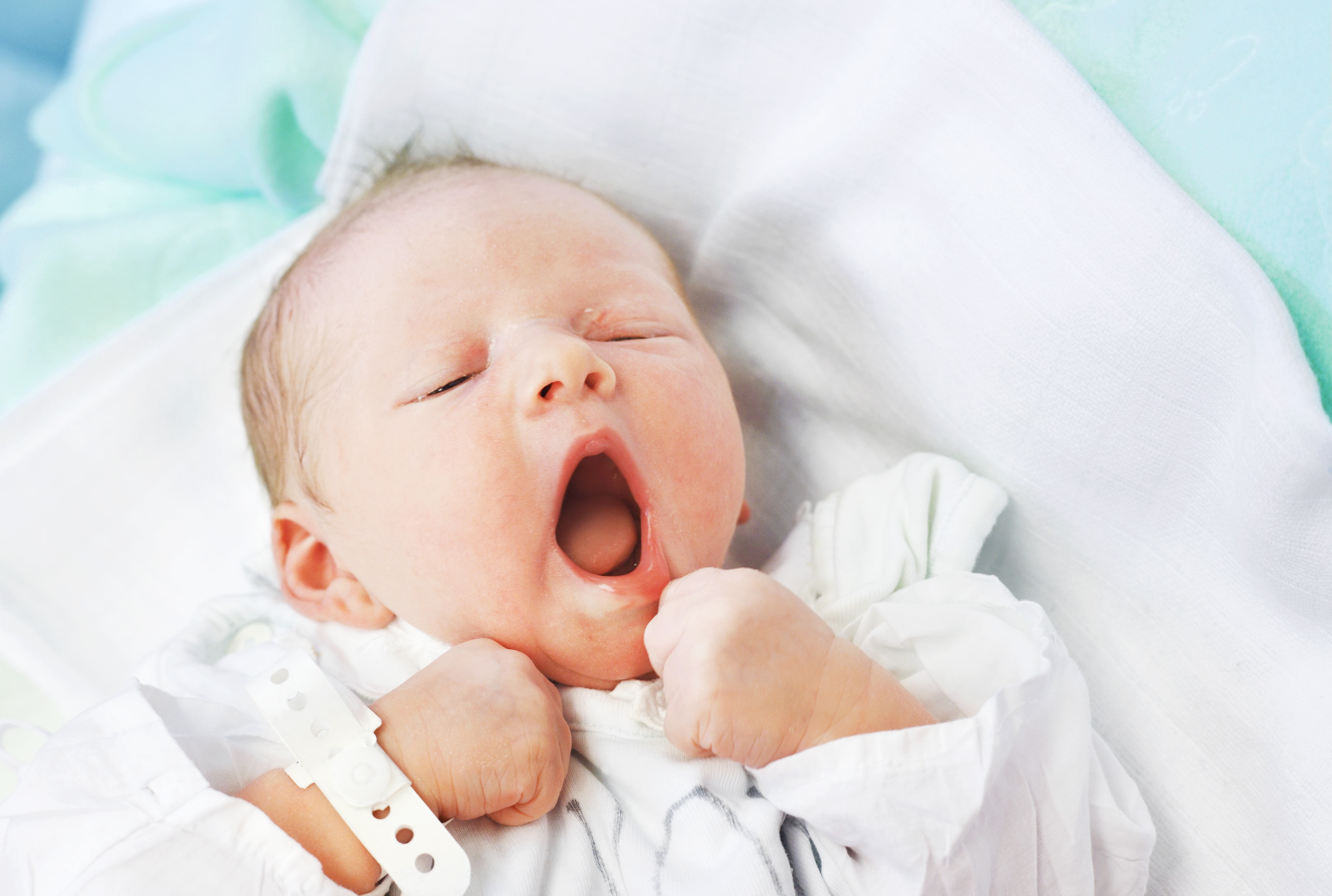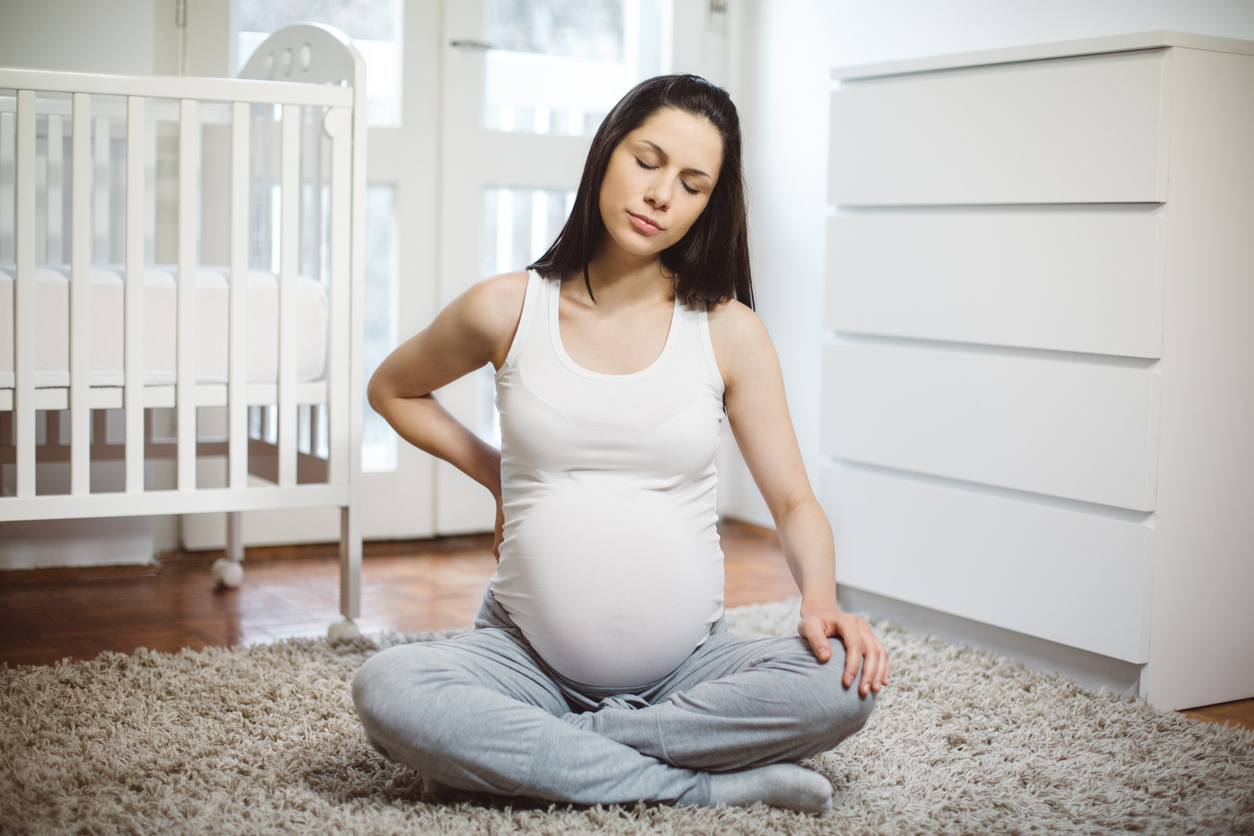A little something you should know before your third trimester: pelvic pain is a thing (and a common thing at that). Whether it starts as a niggling pain in your hips, or makes sitting (yes, sitting) uncomfortable, pelvic pain is one of those things they forgot to mention in the glowing pregnancy brochures. Add it to the growing list of things you didn’t realise you were signing up for. The good news? Pelvic pain can be manageable if you get the right advice early on. We spoke to Heba Shaheed, a physiotherapist with over 7 years of experience in women’s and pelvic health, on how to deal with pelvic pain during pregnancy.
What does it feel like?
- A niggling pain in your hips that gets worse when you walk
- Pain when you: sit, walk upstairs, stand on one leg (eg. getting dressed) or even when turning over in bed
- Pain in your sacroiliac joints and around your tailbone
- Pain (front and centre) over your pubic bone
- Pain across one or both sides of your lower back
- Pain in the buttocks
- Pain in your perineum (the area between your vagina and anus)
- Pain radiating to your thighs
- A grinding or clicking feeling in your pelvic area
- An unstable or “giving way” feeling in the back, hips or pelvic area
What causes pelvic pain?
The exact cause of pelvic pain in each woman can differ, however it has been linked to a number of issues.
- Increases in hormones such as progesterone, oestrogen and relaxin lead to softening and laxity of the ligaments which make your joints more mobile. In particular the sacroiliac joints, pubic symphysis and hip joints can become more mobile and feel unstable.
- Weakness of your core, back or hip muscles. In particular, pelvic pain has been linked to weakness in your gluteal muscles.
- Abdominal separation, where there is widening and thinning of the connective tissue between the two sides of your rectus abdominis muscle. This muscle attaches onto your pubic bone so as your belly gets larger, the support decreases in the abdomen and your pelvis.
- Misalignment of your pelvic joints.
- Previous injury to your pelvis.
- Poor posture.
- The weight of that human being growing inside you. As your baby grows it puts increasing pressure on your poor old pelvic floor. Yes, the same pelvic floor that supports your uterus, small intestine, bladder and rectum.
How can I ease the symptoms, or cope with the pain?
Okay enough about what pelvic pain is, let’s get to the helpful bit… tips from Heba to ease pelvic pain that might sound obvious:
- Get the right advice early on. Consult your physio, osteo, obstetrician, gynaecologist or GP. Ask them for tips on stretching, exercising, and getting into positions for labour, or even sex.
- See a pelvic health or women’s health physiotherapist who specialises in pelvic girdle pain. In a few sessions, your pain may be alleviated or managed, and they will show you specific exercises to keep your pelvic pain from returning.
- Make your partner or friends do the chores (doctors orders).
- Do prenatal pilates or strengthening exercises regularly (pelvic bridges, squats).
- Actually do your pelvic floor exercises (you know the ones).
- Get a massage - a prenatal one with a licensed therapist who specialises in treating pregnant women.
- Ice your pelvic joints for 10-15 minutes several times a day
- Heat your lower back and bottom for 20-30 minutes several times a day.
- Go up stairs one at a time.
- Get comfy before you sleep - try laying on your side with a pillow between your legs.
Is your family growing?
Discover useful information about planning for a baby, managing the postpartum period and the transition into parenthood - including care and birth options, pregnancy health cover and costs, fertility and IVF, tips from medical professionals and more.
READ MORE: Most common aches and pains and what they mean
And the not so obvious ways to ease pelvic pain Heba suggests:
- Sit down to put your clothes or shoes on - your flat, supportive, pregnancy grade shoes - high heels can put a lot of pressure on your feet and on your pelvis and can aggravate pelvic pain.
- Wear recovery shorts (like these) before and after birth (yep, pelvic pain can stick around like a bad smell afterwards).
- Relax your pelvis with these stretches.
- If you worked out regularly before pregnancy, don’t stop. Just modify, for example, exercise in water to take some of the pressure off.
- Get acupuncture.
- Keep those knees together when getting in and out of the car (put a plastic bag on the seat to help you swivel).
- Equip yourself with pelvic support belts or crutches if necessary.
- Roll your feet on a tennis ball at the end of the day.
How do I prep for labour with pelvic pain?
Don’t worry - most women with pelvic pain can still have a normal vaginal birth. But as with every other part of your birthing plan, a little prep can’t hurt.
- Help others help you: write in your birth plan that you have PRPGP (pregnancy related pelvic girdle pain) so everyone is in the know.
- See a pelvic health or women’s health physiotherapist in the weeks leading up to your birth.
- Consider a water-birth: it can take the weight off your joints.
- Ask your midwife or partner to help you measure your pain-free range of movement.
Red flags
While getting diagnosed early will help your future waddling self, it’s really important to flag intense pain with a professional. There can be serious causes of pelvic pain during pregnancy like miscarriages, ectopic pregnancy, or preterm labour. If walking or even talking becomes unbearable, contact your doctor ASAP. It’s time to head straight to hospital if your pelvic pain is accompanied by severe headaches, dizziness, fevers, chills or vaginal bleeding.







